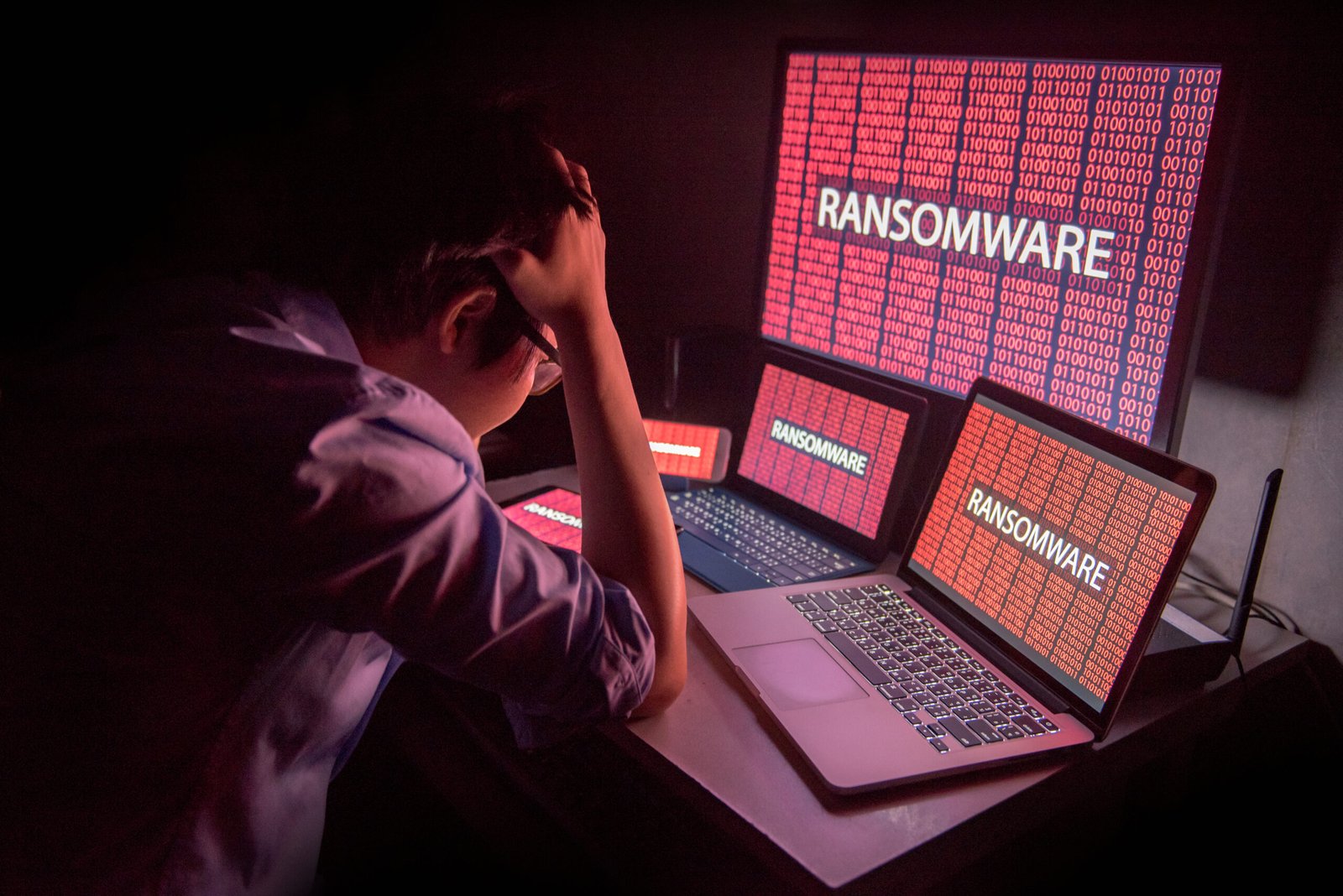A stark warning from cybersecurity experts confirms that ransomware groups are consistently outmaneuvering even advanced enterprise defenses, causing widespread disruption and financial damage. Despite increased investment in security tools, these attacks remain highly effective due to their relentless evolution, use of sophisticated tactics, and exploitation of fundamental security gaps. The situation underscores a critical need for organizations to move beyond traditional perimeter defense and adopt a more holistic, proactive security posture.
Why Ransomware is Still So Effective
Modern ransomware operations are not simple attacks; they are run like professional businesses (Ransomware-as-a-Service, or RaaS) and employ a multi-stage process that makes them hard to stop. Their success can be attributed to several key factors:
- Advanced Evasion Techniques: Attackers increasingly use “living off the land” techniques (LOLBins), leveraging legitimate IT admin tools like PowerShell and PsExec to blend in with normal network traffic and avoid detection by signature-based antivirus software.
- Exploitation of Unpatched Vulnerabilities: Many attacks succeed by exploiting known but unpatched security flaws in public-facing applications. Ransomware groups actively scan for organizations that are slow to apply critical security updates.
- Sophisticated Social Engineering: Initial access is often gained through highly targeted phishing emails (spear phishing) or by compromising weak remote access credentials, such as those for VPNs or RDP services exposed to the internet.
- Double and Triple Extortion: Beyond encrypting data, attackers now routinely exfiltrate sensitive information beforehand. They threaten to release this data publicly (double extortion) or directly notify a victim’s customers and partners (triple extortion), increasing the pressure to pay.
Common Defense Gaps Being Exploited
Many organizations have defensive measures in place, but they are often incomplete or misconfigured. Attackers expertly identify and exploit these common weaknesses:
- Lack of Multi-Factor Authentication (MFA): Compromised credentials remain a top entry vector, and the absence of MFA on critical systems like email and remote access makes it easy for attackers to gain a foothold.
- Insufficient Backup Strategies: Organizations may have backups, but they are often connected to the main network. Ransomware groups now systematically seek out and encrypt or delete backups to ensure victims cannot recover without paying.
- Over-Permissioned Accounts: Many users and systems have more network access privileges than they need. Once inside, attackers use these over-permissioned accounts to move laterally across the network with ease.
- Poor Endpoint Detection and Response (EDR): Basic antivirus is no longer enough. Without advanced EDR solutions tuned to detect anomalous behavior, early warning signs of an attack often go unnoticed.
Building a More Resilient Defense
Stopping every attack is impossible, but making it harder for attackers to succeed is critical. A resilient defense strategy is multi-layered:
- Prioritize Patching: Implement a rigorous and timely patch management program to address critical vulnerabilities, especially those known to be exploited in the wild.
- Enforce MFA Everywhere: Mandate multi-factor authentication for all remote access and privileged accounts without exception.
- Adopt Zero Trust: Implement a Zero Trust architecture that verifies every request and grants access only on a least-privilege basis.
- Harden Backups: Ensure backups are immutable, air-gapped, and regularly tested. A reliable backup is the most effective tool against encryption-based extortion.
- Invest in Training: Conduct regular security awareness training to help employees identify and report phishing attempts and social engineering tactics.
The ransomware threat is not diminishing; it is adapting. Organizations must evolve their defenses beyond mere prevention and focus on rapid detection, response, and recovery to minimize impact.
